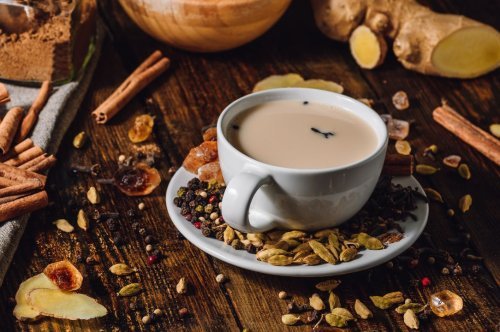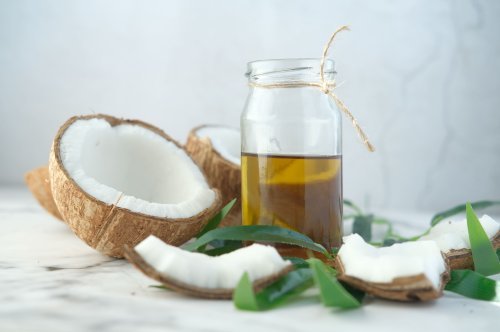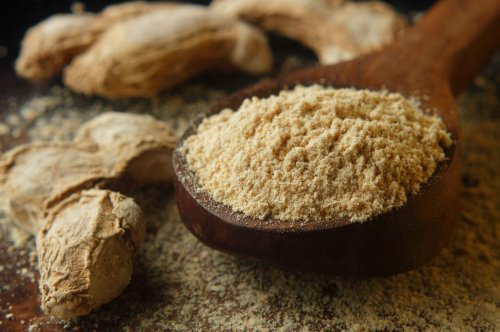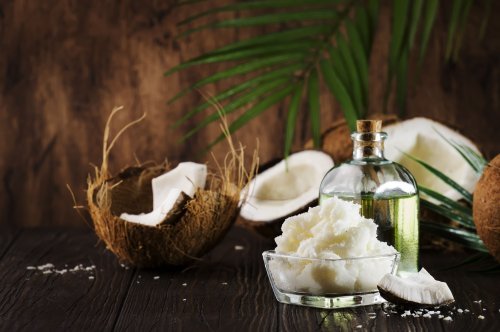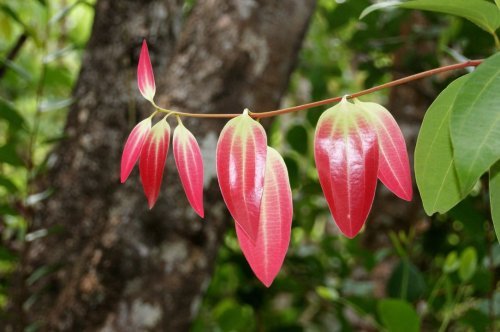The history of kerala spices

Kerala, also referred to as "God's own country," is well-known for its rich cultural legacy in addition to its gorgeous backwaters and scenery. Kerala's long history of spices is one of the many distinctive features of the state. For ages, the state has served as a major hub for the spice trade, drawing traders from all over the world.
Kerala is the home of several spices grown there, such as pepper, ginger, cardamom clove,cinnamon history of nutmeg spice and history of turmeric spice. Spices have a unique flavor Spices are grown in Kerala because of the state's warm, humid environment, foggy hill stations with their loamy soil rich in organic matter, and consistent rainfall.
Whatever the differences in ethnicity, religion, or other factors, spices are essential to the unique flavor of Keralite food.
The history of Kerala spices extends over thousands of years. Kerala's In business on spices allowed it to become well-known throughout the world in the past and brought wealth to the state. The ancient port of Musiri in Kerala was the hub of the world's spice trade ages ago. There are others who argue that the West colonized India in an attempt to take over the country's spice trade. Vasco Da Gama's entrance into India and the subsequent spice trade were the results of this.

The Spice Heritage of Kerala
Kerala's spice trade began with the scent of spices, attracting explorers from Arabs, Chinese, and European nations. Since the third millennium BCE, Kerala's Malabar Coast has become the most prized and trafficked item.
After the colonization struggles were done, India gradually came to learn that it could produce more premium spices than any other nation in the globe. Kerala was fast growing as the biggest spice hub in the world. It quickly became aware of its spice center, Muziris Spice center. But in 1341, earthquakes and floods quickly destroyed the Muziris center. Kerala, however, didn't give up; they continued The Muziris Heritage Project, the largest heritage project in India, and maintained the spices unique to Kerala. Kerala has about twenty-one museums to teach visitors about the state's rich spice heritage.
The history of Kerala's spice trade
The spice trade has changed human history is continually brought to light by the spice jars that line our kitchens. As early as 3000 BC, the Muziris port in Kerala, southwest India, developed become a major hub for the Kerala spices trade. With the ability to build or destroy civilizations, Kerala, India's spice garden, was the destination for all the adventurers and enthusiastic spice traders. The dominant Arab spice dealers' supremacy was challenged when Vasco da Gama arrived in Calicut in 1498, and the spice trade began to change in favor of Europe. Conflict between the European states was also brought on by the spice trade in the Indonesian islands.
By the beginning of the 1800s, people had developed trading routes and stations all over the world, transported spice trees over international borders, and learned how to transplant spice plants. As monopolies crumbled and spices became more readily accessible, their value decreased. Nevertheless, Kerala continues to be recognized as the renowned home of spices. Indian spices are still in high demand around the world because of their lovely scent, texture, and therapeutic properties. Kerala spices are often grown on small parcels of land, while organic cultivation has become more and more common lately. The International Organization for Standardization (ISO) recognizes 109 different types of spices, and India is still the world's largest producer, consumer, and exporter of spices. Additionally, it dominates half of the history of global spice trade.
Programs implemented for the spice trade in Kerala
India's leading position was threatened by a number of factors, including as changing global demand, competition from Southeast Asian markets, and the emergence of countries from Latin America and Africa. The Spices Board was founded to produce and market Kerala spices around the world. To this end, it has put in place a number of initiatives to enhance the procedures for grading and quality control, processing techniques, and storage facilities. The Indian Institute of Spices Research was founded in 1995 with the goal of offering technologies and services to protect the genetic resources of various species as well as the soil, water, and air that are home to spices. Despite these measures, the Indian spice trade is still doing well, growing at an average annual rate of 8.8% between 2009–10 and 2014–15. In 2015, a 30% surge in exports was observed by a few Indian spice vendors.
The Spices Board and Indian spice traders have another goal in common: they want to reduce the export rejection rate to zero for the next two years. These days, samples are routinely sent to laboratories overseas, and the results are compared to tests conducted in India. Spice dealers in Kerala can utilize certification programs in this scenario to ensure that contamination does not occur at any point in the value chain. Together, these initiatives could keep Kerala at the top of the world spice market.
Kerala Spices and Their Benefits
Kerala spices have a long history of spices in India. The bulk of Indian spices exports come from Kerala, which has a millennium-long tradition in the spice trade. Kerala has proven that it is the king of herbs and has brought attention to how many spices grow in this latitude. It serves both vegetarian and non-vegetarian food and is situated in southwest India.
The "lord of spices" is how many refer to pepper. The "king of spices" title went to pepper because of its rich flavor, extensive application, and medicinal qualities. There are instances when the colonial disputes are blamed on the pepper that is grown in Kerala. As a result, the arrival of pepper marked a significant development in India's spice history.
Clove is another extensively used spice that is mostly farmed in Kerala. Cloves contain a variety of oils, which are typically added to all meat recipes to enhance the flavor even more.Apart from being used in food, it is also commonly used to keep teeth healthy. Cloves have medicinal qualities, which is why toothpaste, soap, and perfumes frequently contain cloves.
Due of cardamom's distinct flavor and aroma from other spices, its popularity has increased. Europeans have started to grow and use it locally due to its widespread use. Like other spices, turmeric provides numerous health benefits. Among other health benefits, blood pressure lowering and anti-inflammatory qualities guard against chronic diseases. On occasion, it can help treat stomach ulcers and promote proper digestion.
Ginger a popular food all around the world because of its versatility. Kerala is known for providing the best quality ginger. Apart from augmenting the taste of food, ginger has numerous health benefits. It's packed with ingredients that support healthy metabolism in the body.
Have you ever considered the potential health benefits of the Kerala spices? The spices have proved it everywhere, time and time again, that the answer is indeed yes. In Ayurveda, each history of herb as medicines has a specialized use, such as curing a common cold, cough, or flu. Some spices can prevent stomach ulcers and help with digestion. Additionally, a number of spices help to maintain a stronger immune system. So, when you have herbs, your domestic remedies are available in small quantities.
Visit the cardamom kada online website right now to purchase the best-quality Kerala spices! We guarantee the caliber of every spice you purchase from our website. Get in touch with us right now!


